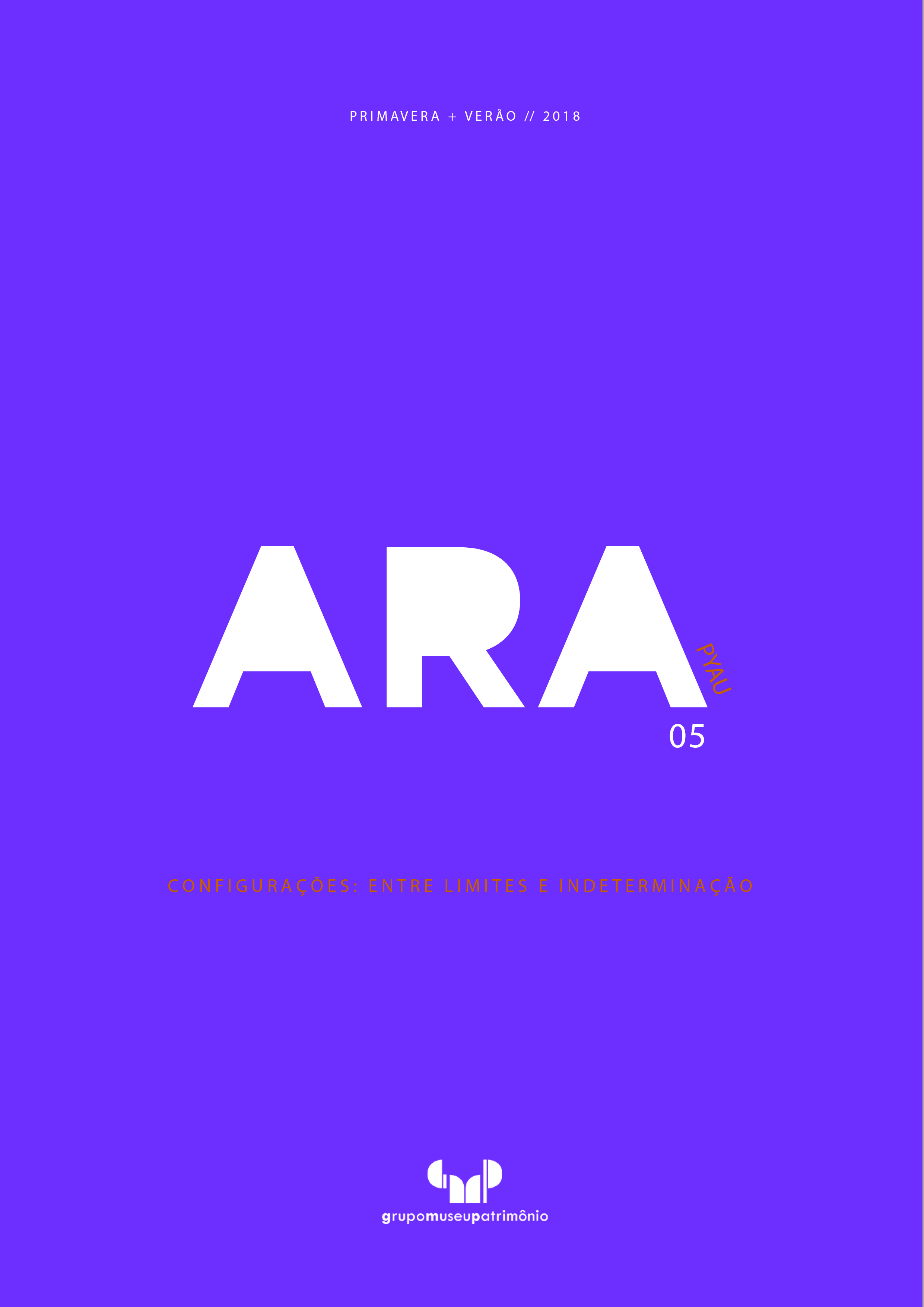Auri-green Palimpsest Amanda
DOI:
https://doi.org/10.11606/issn.2525-8354.v5i5p111-132Keywords:
Flag., Nationalism, Green-Yellow., History., São Paulo.Abstract
The article analyzes the various levels of meaning that the brazilian national flag and its predominant colors, green and yellow, print from time to time on political episodes, cultural manifestations and social movements configuring indetermination and inaccurate limits. The colors evoke national union but in some cases could conceal profound social ruptures. The nationalist theme arouses interest, in World Cup period together with unrestrained installation of national banners on the main avenues and bridges of the city of São Paulo, when the serious political and economical crisis emphasize the social disputes in the countr
Downloads
Downloads
Published
Issue
Section
License
Autores que publicam nesta revista concordam com os seguintes termos:
- Os autores mantêm os direitos autorais e concedem à revista o direito de primeira publicação, com o trabalho simultaneamente licenciado sob a Licença CreativeCommonsAttribution CC-BY que permite o compartilhamento do trabalho com reconhecimento da autoria e publicação inicial nesta revista.
- Os autores têm autorização para assumir contratos adicionais separadamente, para distribuição não exclusiva da versão do trabalho publicada nesta revista (ex.: publicar em repositório institucional ou como capítulo de livro), com reconhecimento de autoria e publicação inicial nesta revista.
- Os autores têm permissão e são estimulados a publicar e distribuir seu trabalho on-line (ex.: em repositórios institucionais ou na sua página pessoal) a qualquer ponto antes ou durante o processo editorial, já que isso pode gerar alterações produtivas, bem como aumentar o impacto e a citação do trabalho publicado (Veja O Efeito do Acesso Livre).


